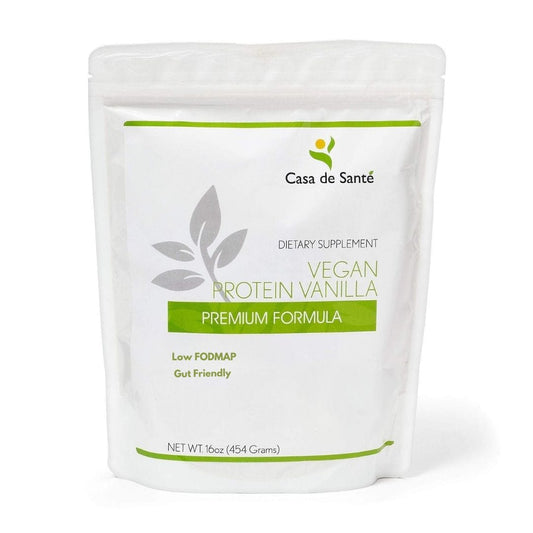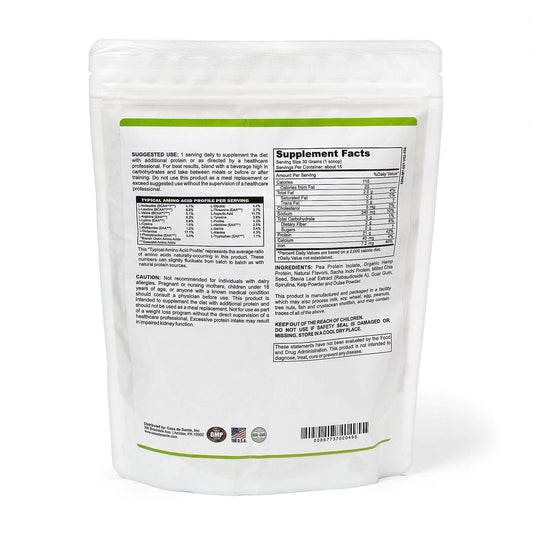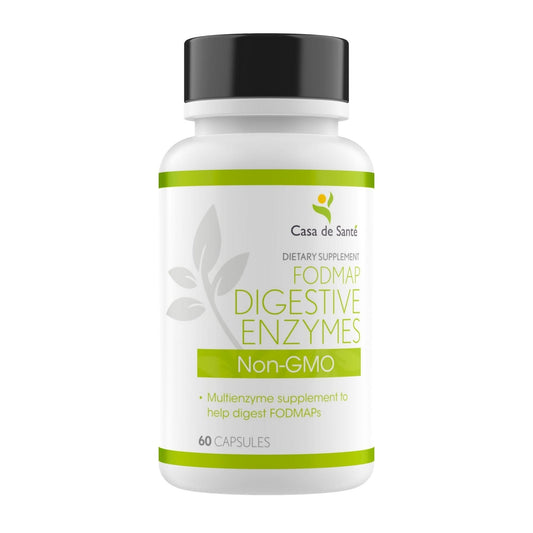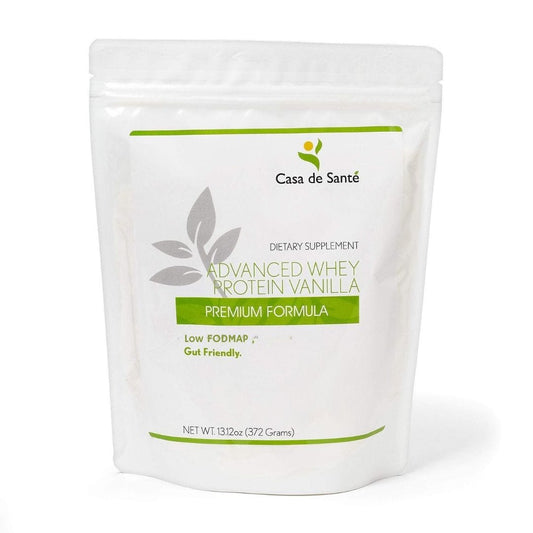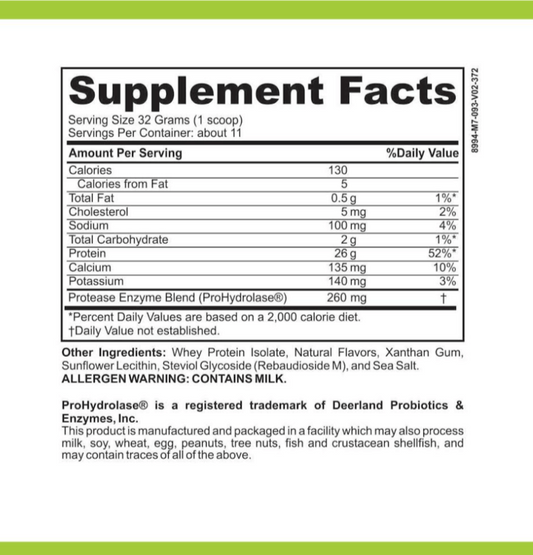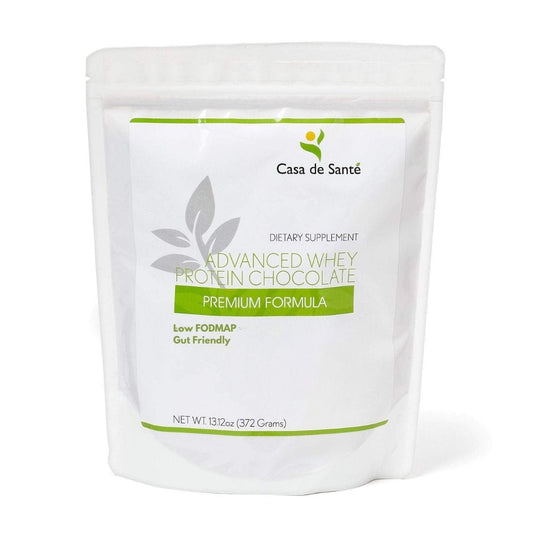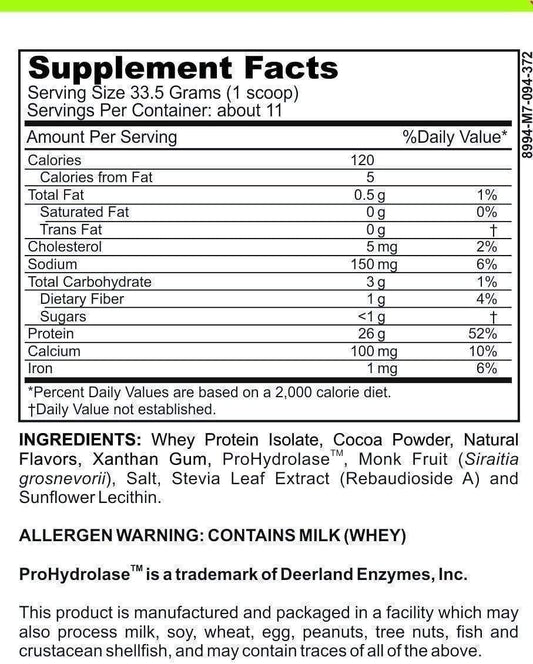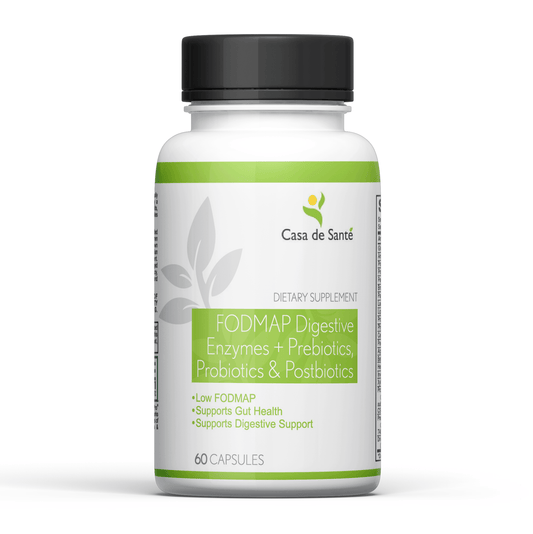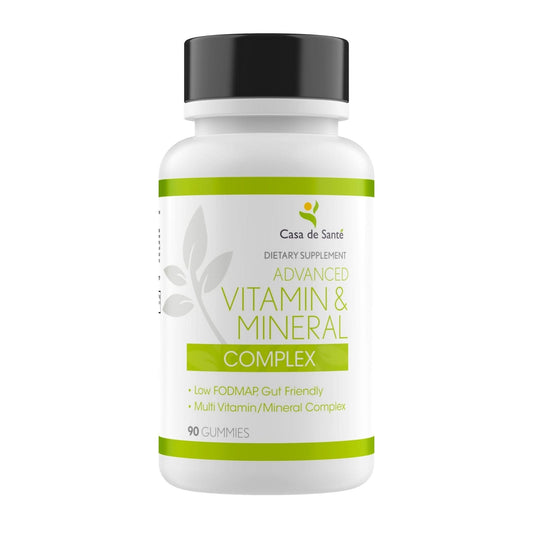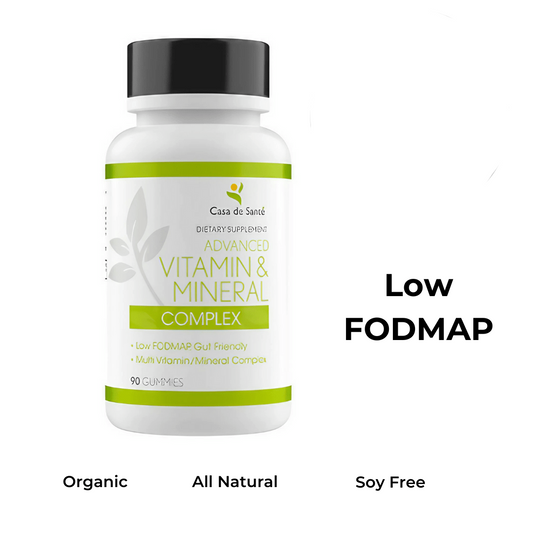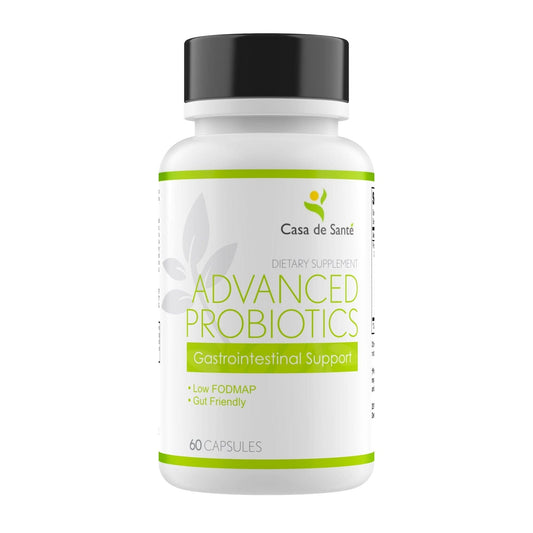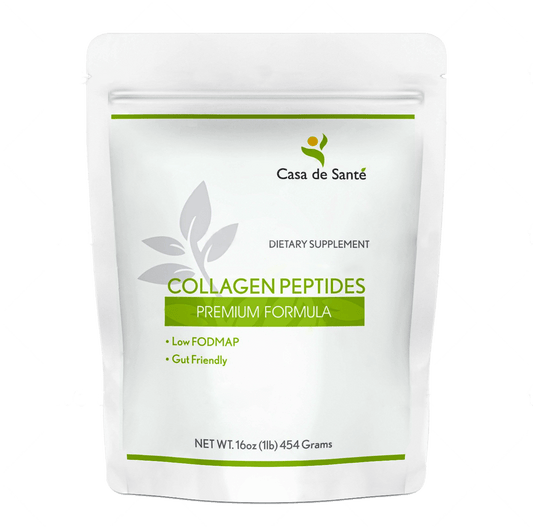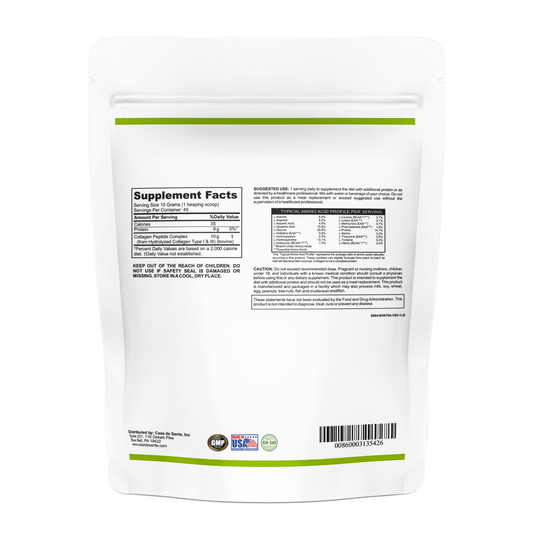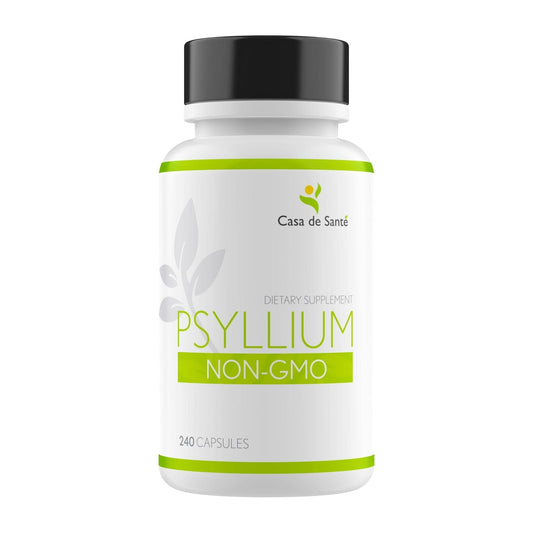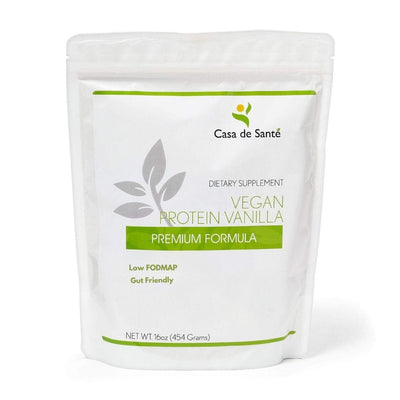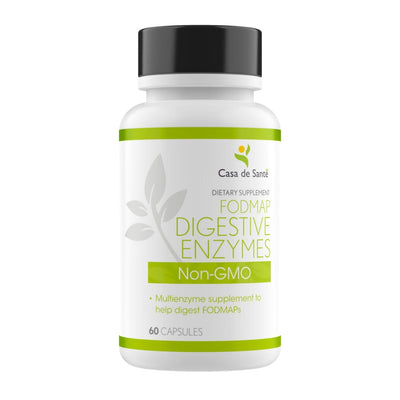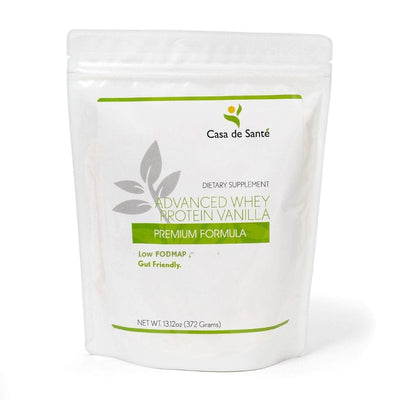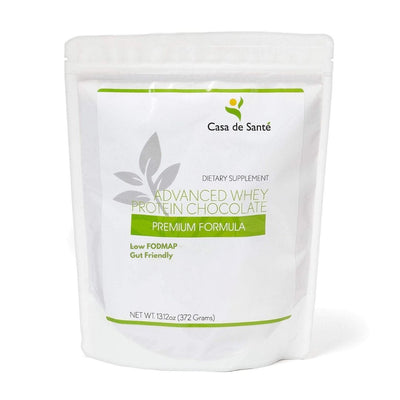Gluten-Free Diet vs Low Residue Diet
Gluten-Free Diet vs Low Residue Diet
When it comes to dietary restrictions, the terms 'gluten-free' and 'low residue' may not have many people confused, but knowing the difference between the two can have significant implications on your health. In this article, we will explore the benefits, drawbacks, and considerations you need to make when deciding whether to adopt a gluten-free or low residue diet.
Understanding Gluten-Free and Low Residue Diets
A gluten-free diet is a dietary approach that requires avoiding foods that contain gluten, which is a type of protein found in wheat, rye, barley, and some other grains. Gluten-free diets are typically recommended for individuals with celiac disease, non-celiac gluten sensitivity, and wheat allergies. Low residue diets, on the other hand, are dietary approaches that restrict high-fiber foods and are therefore recommended for individuals with digestive issues like inflammatory bowel disease (IBD), Crohn's disease, and ulcerative colitis.
Gluten-free diets have become increasingly popular in recent years, with many people choosing to adopt this dietary approach as a lifestyle choice. However, it is important to note that a gluten-free diet is not necessarily a healthier diet, and may even be less nutritious than a diet that includes gluten-containing foods. It is important for individuals following a gluten-free diet to ensure that they are still getting all the necessary nutrients from other sources.
Low residue diets can be challenging to follow, as they require avoiding many high-fiber foods that are typically considered healthy. However, for individuals with digestive issues like IBD, Crohn's disease, and ulcerative colitis, a low residue diet can be an effective way to manage symptoms and improve quality of life. It is important to work with a healthcare provider or registered dietitian to ensure that a low residue diet is nutritionally balanced and meets individual needs.
What is Gluten and Why Should You Avoid It?
Gluten is a protein that is commonly found in wheat, rye, and barley. It can trigger an immune response in individuals with celiac disease and non-celiac gluten sensitivity, leading to inflammation and damage to the small intestines. Therefore, people avoiding gluten must eliminate bread, pasta, cereals, and other gluten-containing foods from their diet.
However, it's important to note that not all gluten-free products are healthy. Many gluten-free products are highly processed and contain added sugars and fats to improve their taste and texture. It's important to read labels carefully and choose whole, unprocessed foods whenever possible. Additionally, individuals who are not sensitive to gluten may not benefit from a gluten-free diet and may miss out on important nutrients found in whole grains.
Foods to Avoid on a Gluten-Free Diet
The following foods must be avoided when following a gluten-free diet:
- Wheat, barley, and rye
- Bread, pasta, cereals, and baked goods made with wheat, barley, or rye flour
- Beer and malt beverages
- Soy sauce and other condiments containing wheat
It is important to note that some processed foods may also contain gluten, such as canned soups, salad dressings, and snack foods. It is important to carefully read labels and look for gluten-free certifications before consuming these products. Additionally, cross-contamination can occur in restaurants or at home if cooking utensils and surfaces are not properly cleaned after coming into contact with gluten-containing foods.
Foods to Include in a Low Residue Diet
People following a low residue diet should eat foods that are easy to digest and that do not stimulate bowel movements. Some of the foods allowed on a low residue diet include:
- Cooked and peeled vegetables like carrots, green beans, and squash
- Fruits without skins or seeds, like applesauce and canned fruit
- Meat, poultry, and fish that are well-cooked and contain no bones or gristle
- Grains like refined bread, white rice, and pasta
- Dairy products like milk, cheese, and yogurt
It is important to note that a low residue diet is not a long-term solution and should only be followed under the guidance of a healthcare professional. Additionally, individuals on a low residue diet may need to take vitamin and mineral supplements to ensure they are getting all the necessary nutrients.
Some foods that should be avoided on a low residue diet include raw fruits and vegetables, nuts and seeds, whole grains, and high-fiber foods. These foods can be difficult to digest and may cause discomfort or bowel movements.
Pros and Cons of a Gluten-Free Diet
Following a gluten-free diet can benefit individuals with celiac disease, non-celiac gluten sensitivity, and wheat allergies. By avoiding gluten, they can reduce inflammation and improve their overall health, as well as avoid symptoms like diarrhea, bloating, and abdominal pain. However, a gluten-free diet can also be restrictive and challenging to follow, as many foods contain hidden gluten. Additionally, some gluten-free substitutes are high in sugar and fat, leading to weight gain and other health issues.
It is important to note that a gluten-free diet may not be necessary for everyone. For individuals without celiac disease, non-celiac gluten sensitivity, or wheat allergies, eliminating gluten from their diet may not provide any health benefits. In fact, it may even lead to nutrient deficiencies if they do not properly replace the nutrients found in gluten-containing foods. It is always best to consult with a healthcare professional before making any significant changes to your diet.
Pros and Cons of a Low Residue Diet
A low residue diet can benefit individuals with digestive issues like IBD and Crohn's disease by reducing the amount of fiber in their diet, therefore reducing inflammation and giving their intestines time to heal. It can also decrease diarrhea and other digestive discomforts. However, a low residue diet can be lacking in nutrients and vitamins commonly found in high-fiber foods such as fruits, vegetables, and whole grains.
Another potential benefit of a low residue diet is that it can help individuals who have recently undergone surgery or radiation therapy for cancer. These treatments can cause inflammation and irritation in the digestive tract, and a low residue diet can help alleviate these symptoms and promote healing.
On the other hand, a low residue diet can also lead to constipation and other digestive issues if not properly balanced with enough fiber and nutrients. It may also be difficult to maintain a low residue diet long-term, as it can be restrictive and limit food choices. It's important to work with a healthcare professional or registered dietitian to ensure that a low residue diet is appropriate and sustainable for your individual needs.
How to Tell if You Need a Gluten-Free or Low Residue Diet
If you have celiac disease, non-celiac gluten sensitivity, or wheat allergies, you need to limit or eliminate gluten from your diet. If you have IBD, Crohn's disease, or ulcerative colitis, your doctor may recommend a low residue diet. It is essential to consult with your healthcare provider and a registered dietitian to determine if these diets are appropriate for you and to ensure that you are getting all the essential nutrients your body needs.
Differences Between Gluten-Free and Low Residue Diets
The main difference between a gluten-free diet and a low residue diet is the type of foods you eat. A gluten-free diet involves avoiding gluten-containing foods, while a low residue diet involves limiting high-fiber foods. Additionally, a gluten-free diet is typically used to manage autoimmune conditions, while a low residue diet is used to manage digestive issues.
Which Diet is Best for Your Health Needs?
Choosing the right dietary approach depends on your health needs and condition. If you have celiac disease or non-celiac gluten sensitivity, a gluten-free diet is necessary. If you have IBD, Crohn's disease, or ulcerative colitis, your doctor may recommend a low residue diet. It is always best to consult with your healthcare provider before making any significant dietary changes.
Recipes for Gluten-Free and Low Residue Meals
There are many delicious and healthy recipes available online for both gluten-free and low residue diets. Here are some examples:
- Gluten-Free Meatballs
- Low Residue Chicken and Rice Soup
- Gluten-Free Pizza
- Low Residue Smoothie
- Gluten-Free Quinoa Salad
- Low Residue Omelet
Tips for Sticking to Your Chosen Diet
Here are some tips for staying on track with your gluten-free or low residue diet:
- Plan your meals in advance
- Read labels carefully
- Communicate your dietary needs to friends and family
- Join a support group
- Consult with a registered dietitian
Common Misconceptions about Gluten-Free and Low Residue Diets
Some misconceptions surround both gluten-free and low residue diets. One common myth is that gluten-free diets are healthier and low residue diets are not fulfilling. However, this is not true as both diets can be nutritious as long as you choose the right foods. Another myth is that you can self-diagnose gluten intolerance, which may lead to unnecessary dietary restrictions. It is essential to get a proper diagnosis from a healthcare provider if you suspect you have a gluten-related condition.
Possible Risks of Following a Gluten-Free or Low Residue Diet Long-Term
Eliminating entire food groups such as gluten from your diet can lead to nutrient deficiencies, and low residue diets can also be deficient in essential nutrients found in high-fiber foods. Therefore, it is crucial to work with a registered dietitian to ensure that you are getting all the nutrients your body needs to thrive. Additionally, some gluten-free substitutes are high in sugar and fat, leading to weight gain and other health issues.
Expert Opinions on the Effectiveness of These Diets
The effectiveness of gluten-free and low residue diets varies depending on your condition and health needs. However, these diets can be helpful when used correctly under the guidance of a healthcare provider and a registered dietitian. Additionally, studies have shown that a well-planned gluten-free or low residue diet can lead to improved symptoms and better health outcomes for individuals with celiac disease or digestive issues.
The Role of Fiber in Your Digestive Health
Fiber is an essential nutrient that plays a crucial role in digestion and maintaining bowel health. It promotes regular bowel movements, feeds the good bacteria in your gut, and helps control blood sugar levels and cholesterol levels. Therefore, it is essential to include adequate fiber in your diet but to be mindful of the type and amount of fiber you consume, especially if you have a digestive issue.
Lifestyle Changes for Optimal Digestive Health
Besides following a gluten-free or low residue diet, there are several lifestyle changes you can implement for optimal digestive health, such as:
- Stay hydrated
- Exercise regularly
- Manage stress
- Avoid smoking
- Get enough sleep
- Chew your food properly
In conclusion, a gluten-free or low residue diet can be highly beneficial for individuals with celiac disease, non-celiac gluten sensitivity, wheat allergies, or digestive issues like IBD or Crohn's disease. However, it is crucial to follow these diets appropriately and under the guidance of a healthcare provider and a registered dietitian to ensure optimal nutrition and health outcomes.

